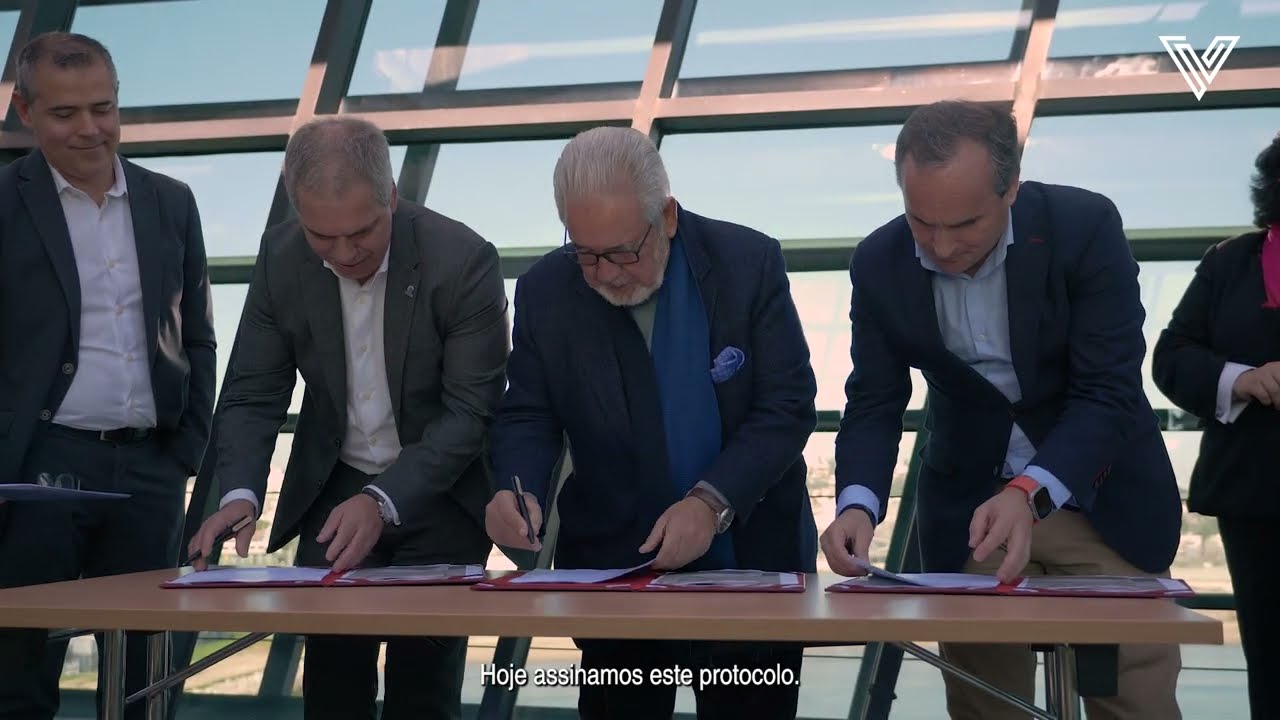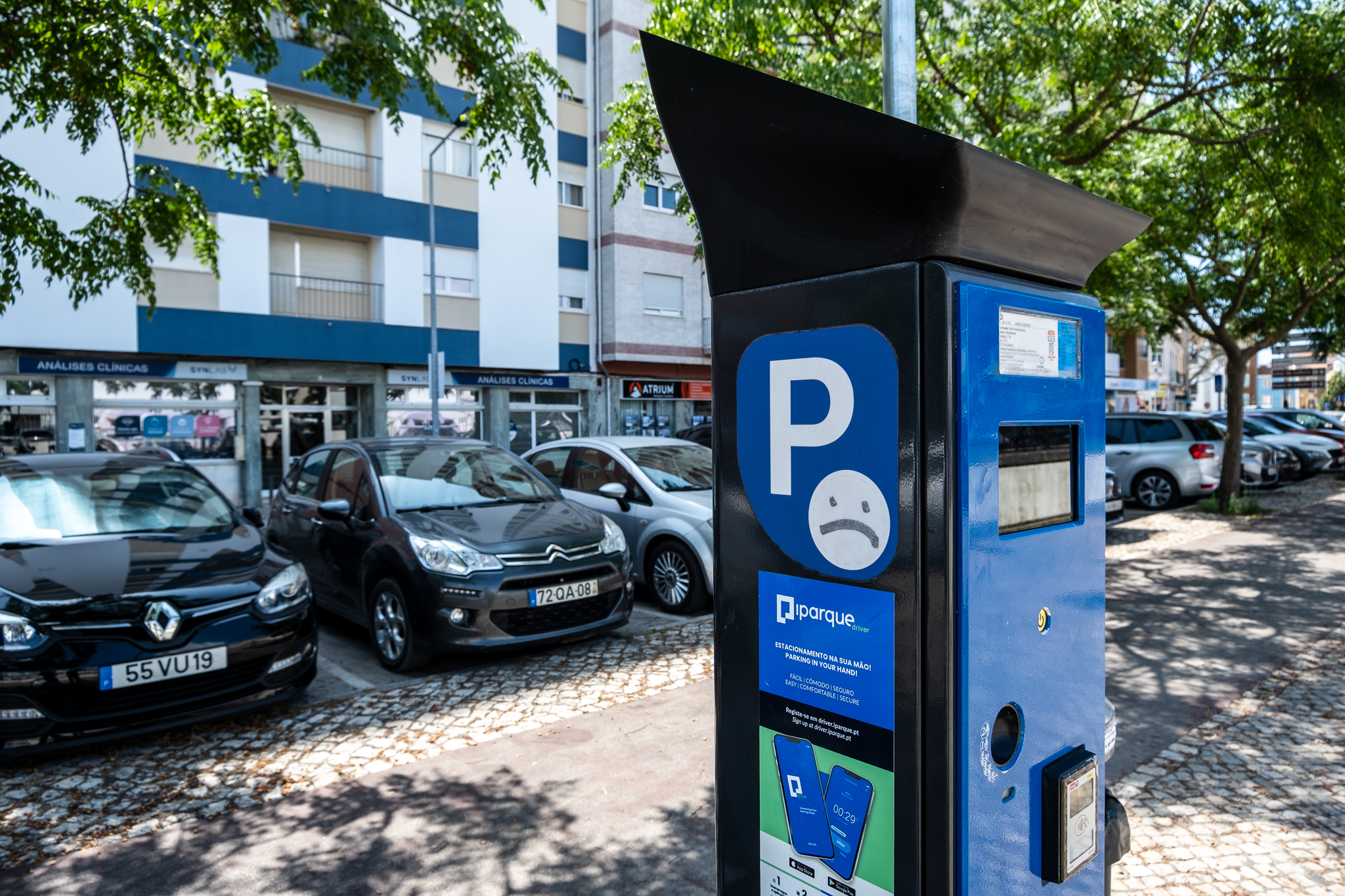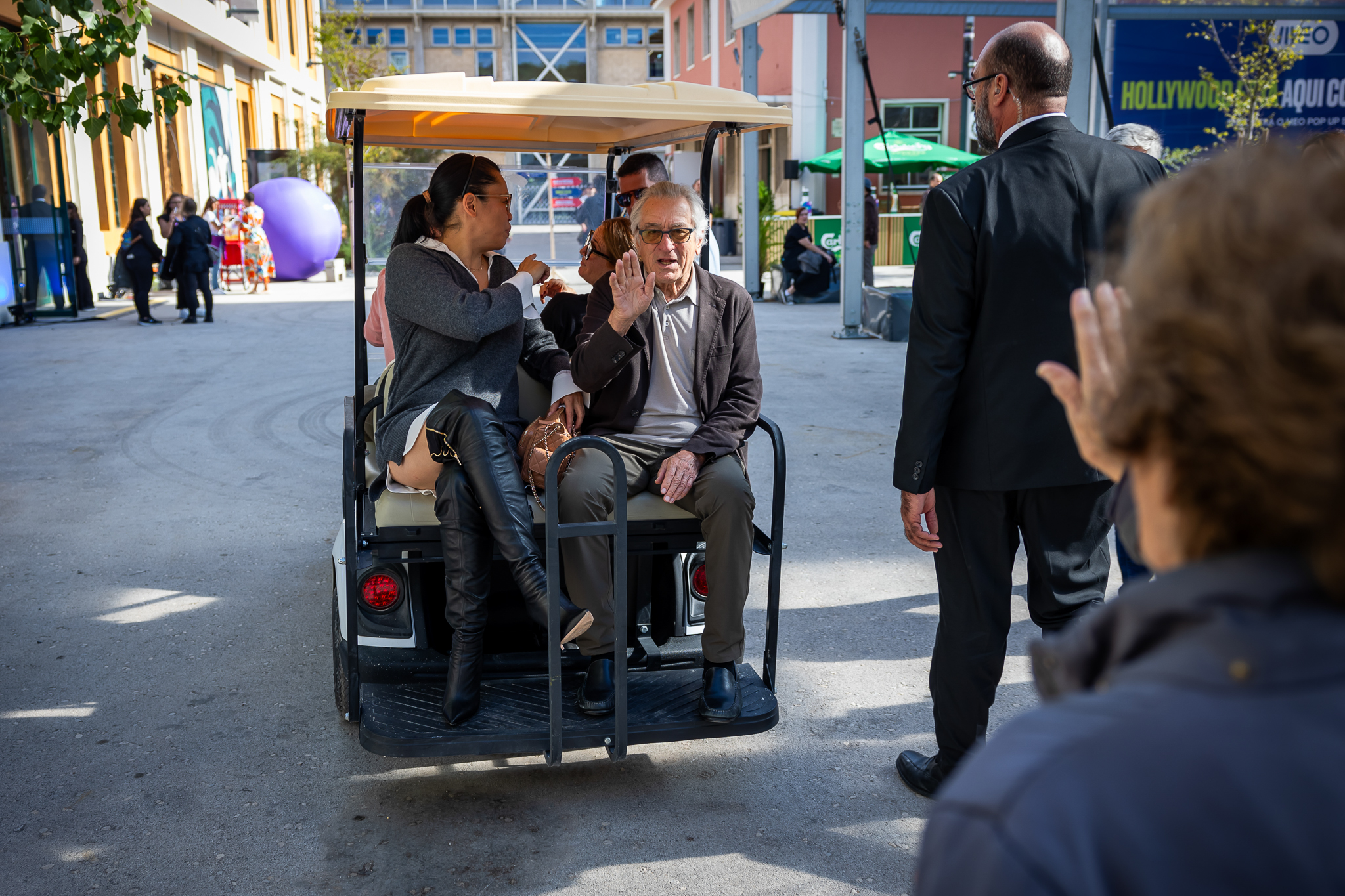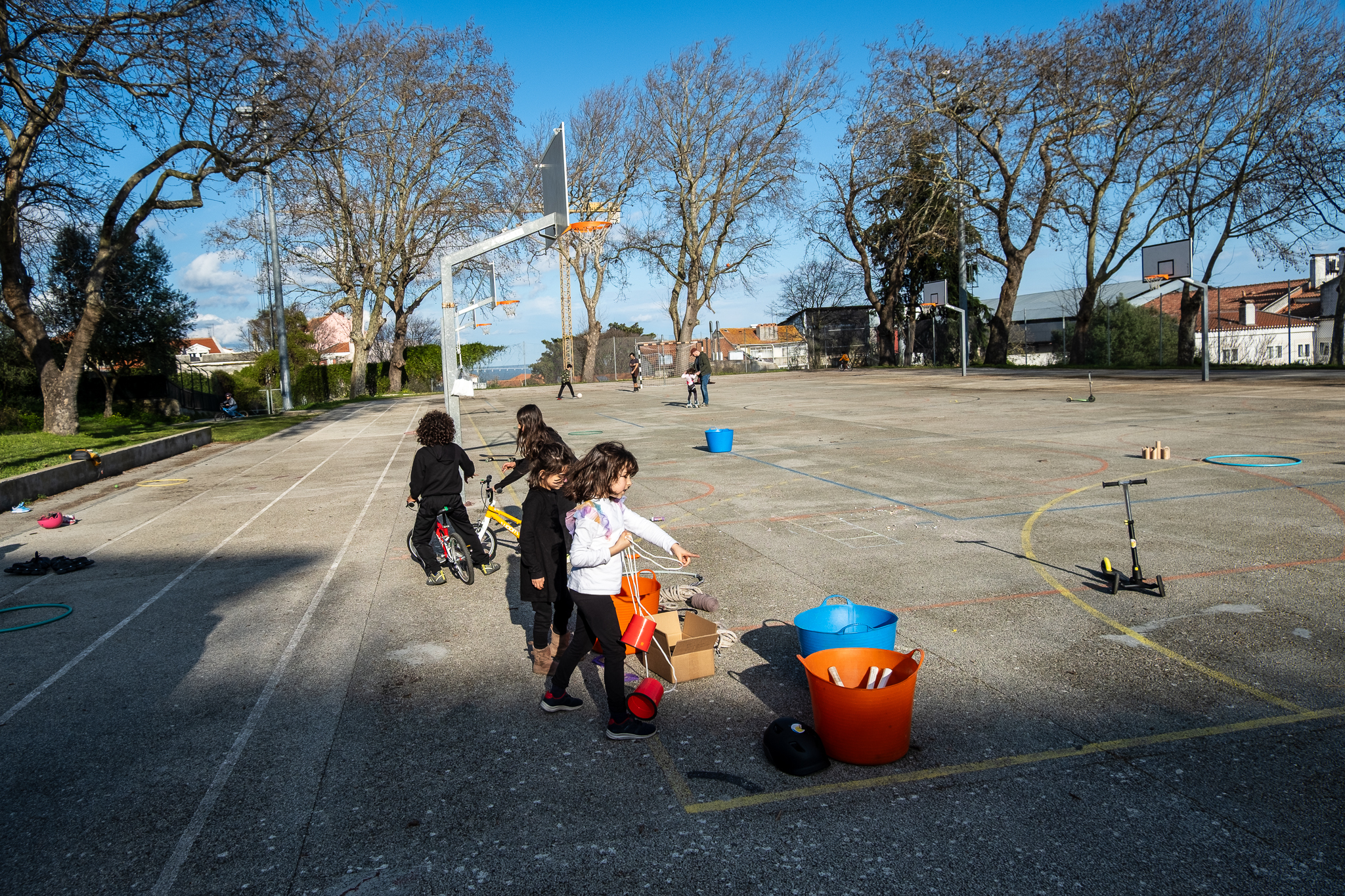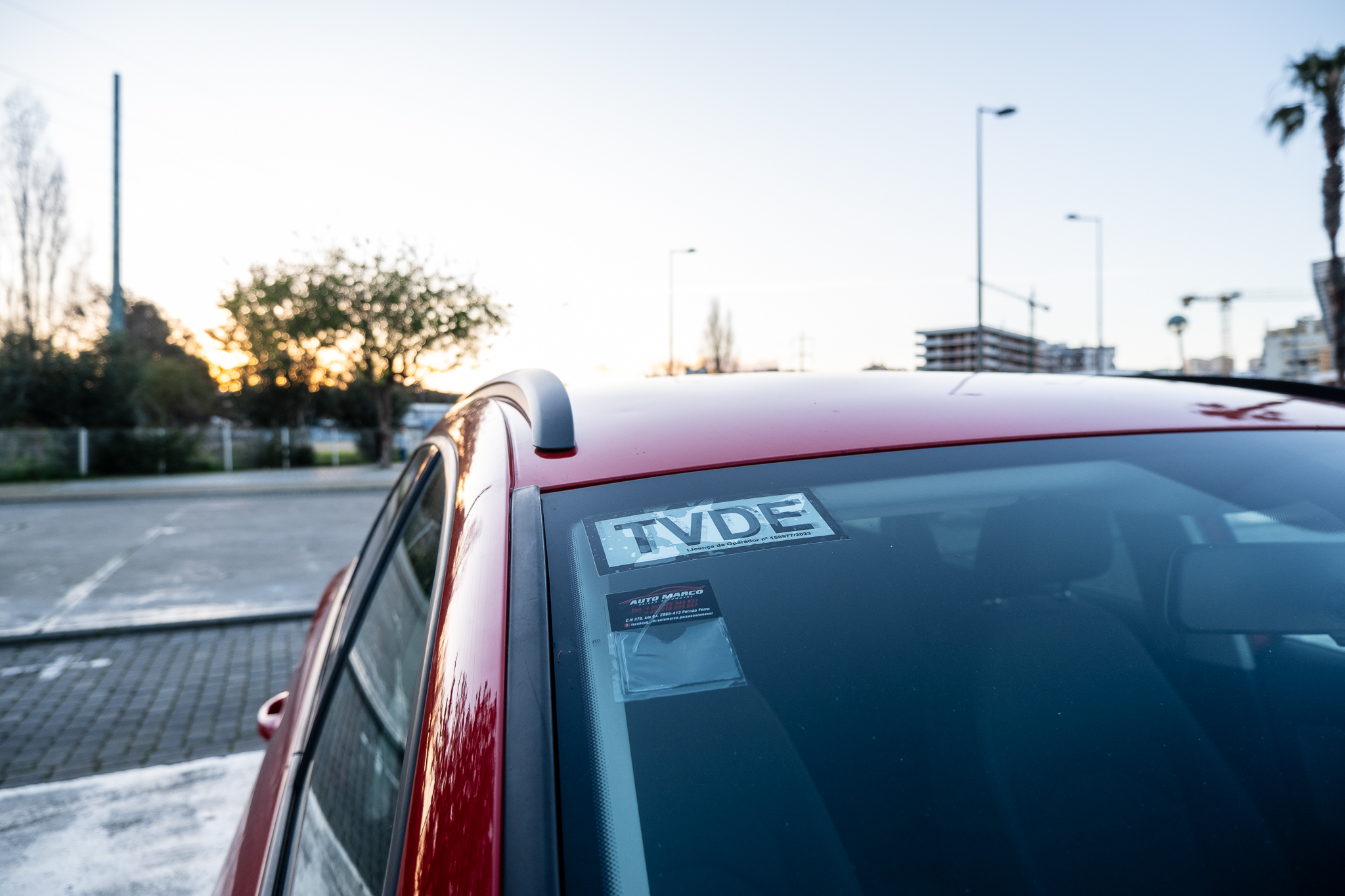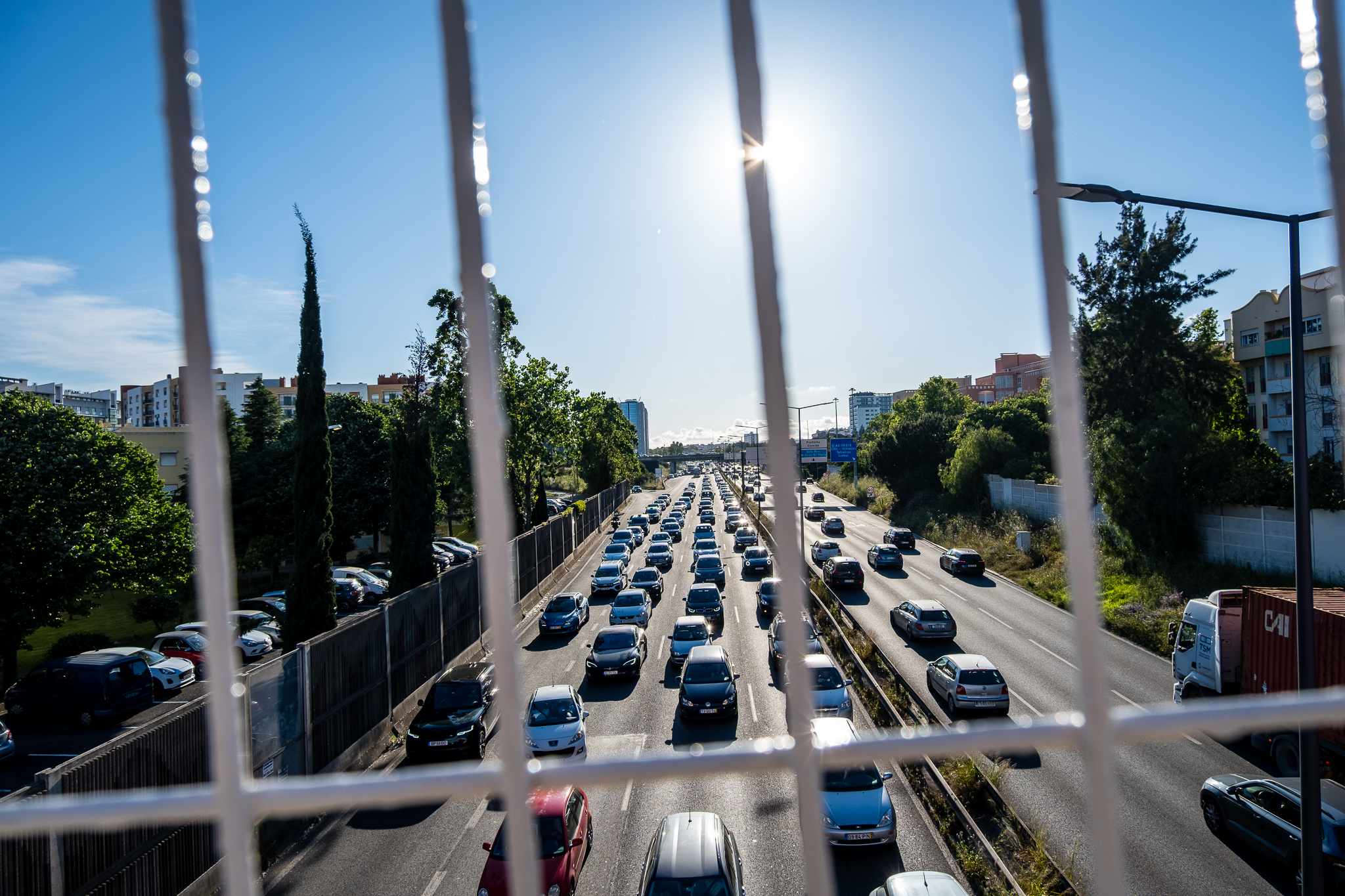Oeiras City Council and the Port of Lisbon have signed an agreement for the shared management of the Algés promenade. One of the central aspects of the agreement is the consolidation of the coastal area between Algés and Cruz Quebrada, with the aim of protecting the railway line and the cycle path, both of which are increasingly subject to the force of the tides.
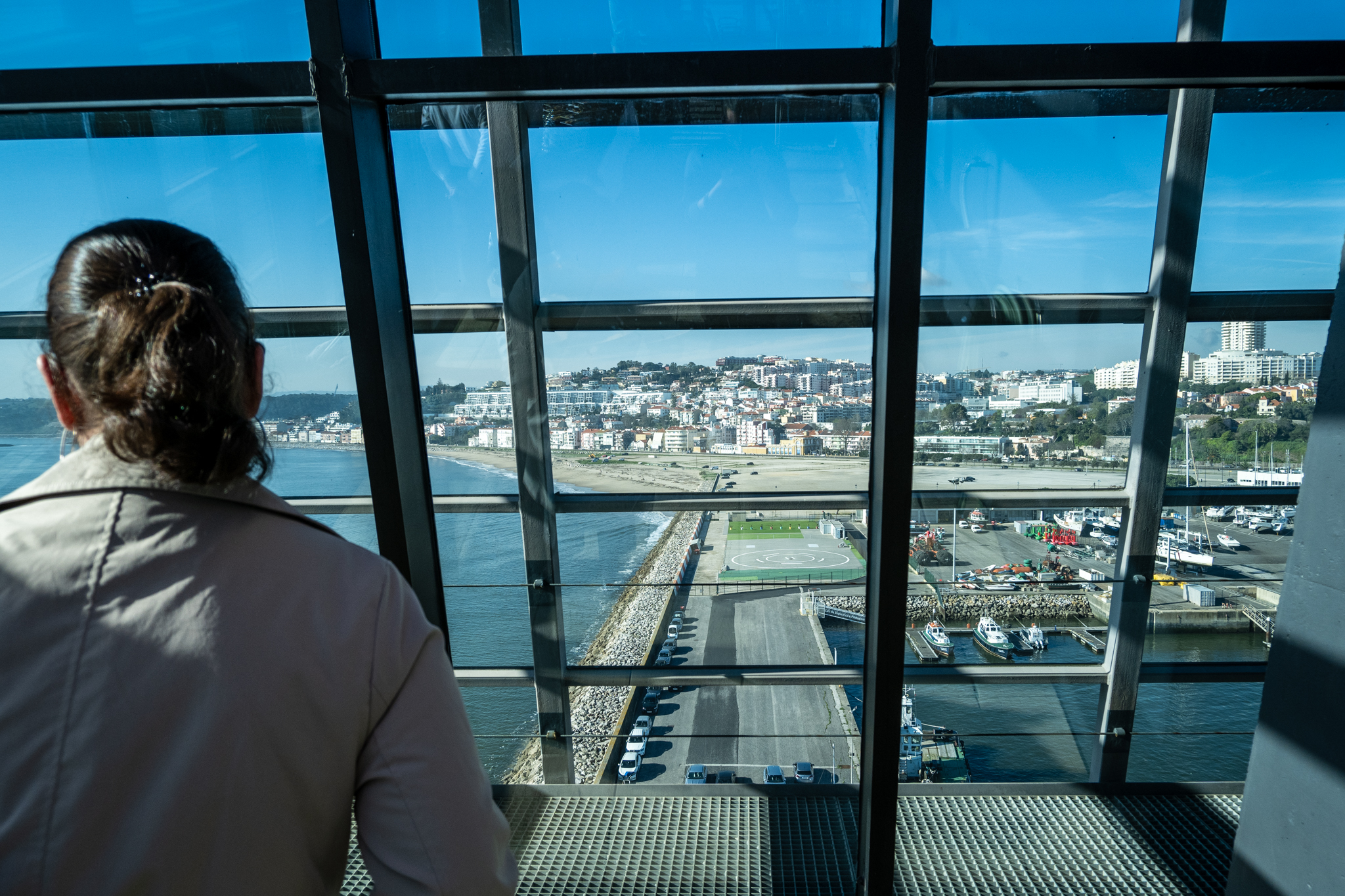
The bad weather at the beginning of February, combined with strong maritime activity, damaged part of the cycle path along the Passeio Marítimo de Algés, near Cruz Quebrada. Shortly after news of the damageThe Oeiras City Council has cleaned it up, removing stones and sand to make it walkable and cyclable again. The route is now usable, although it still has concrete warnings and barriers and several potholes (which will have to be repaired later).
The Oeiras City Council is aware of the fragility of this section of the Algés seafront promenade because it is so exposed to the force of the sea and is planning to substantially fill in the seafront, in order not only to protect the people who travel there, but also the train line. However, the seafront promenade, like much of the waterfront from Lisbon to Cascais, is not the responsibility of the respective municipalities, but rather of the Port of Lisbon. It is up to this entity, namely its Administration, to manage this territory, including the public space around the marinas and areas directly related to port activity.
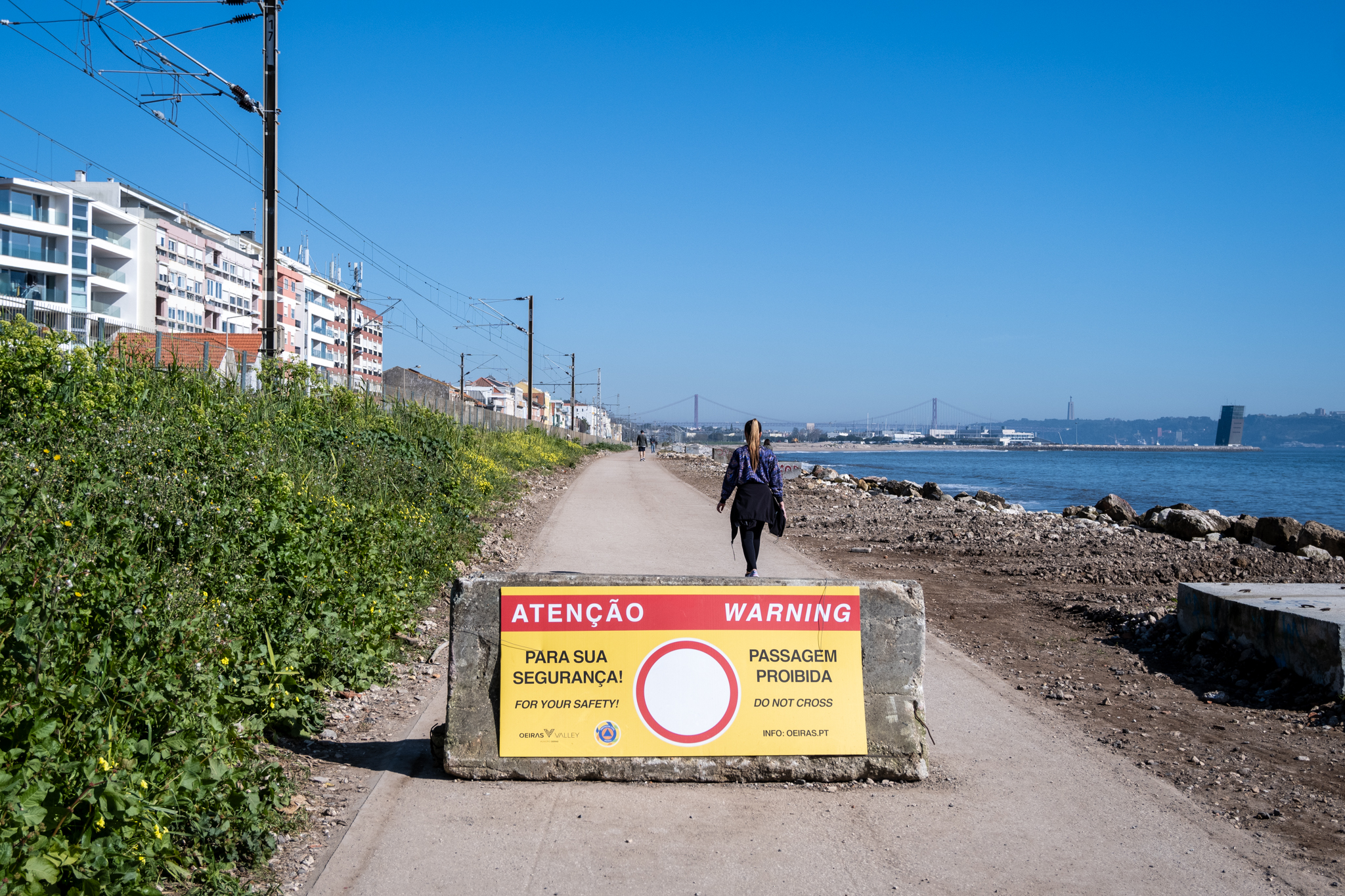
Municipalities have established shared management protocols with the Port of Lisbon Administration (APL) because they want to have a hand in their coastal territory. In Oeiras, this co-management already exists on the seafront promenade that starts at Cruz Quebrada and runs through the municipality towards Cascais, but there was a need to clarify responsibilities for the stretch between Algés and Cruz Quebrada, better known as the Algés seafront promenade. It was with this aim in mind that Isaltino Morais, Mayor of Oeiras, and the President of APL, Carlos Correia, got together on Monday, February 19th. In a ceremony at the top of the port tower of the Passeio Marítimo de Algés, it was a contract signed for the shared management of the Algés waterfront and seafront.
Dreams deferred or put on hold
"This moment is more important than it seems. It reflects the easing of tensions that often exist between the Oeiras City Council and the Port of Lisbon, and which are natural"Isaltino Morais commented during the signing of the contract, justifying this naturally by the fact that the municipalities have a territorial and population dimension and have to please this population and respond to their needs, while the ports have to respond to their needs. "they have territory but no population" and are often thinking of a "financial outlook for increased revenue". But "We are experiencing good weather. The President of the APL has created the right conditions for a better relationship between the City Council and the Port"The mayor of Oeiras stressed the importance of understanding between the entities that manage the territories and also between neighboring municipalities, because it is not enough to "cordiality and good relations between the mayors".
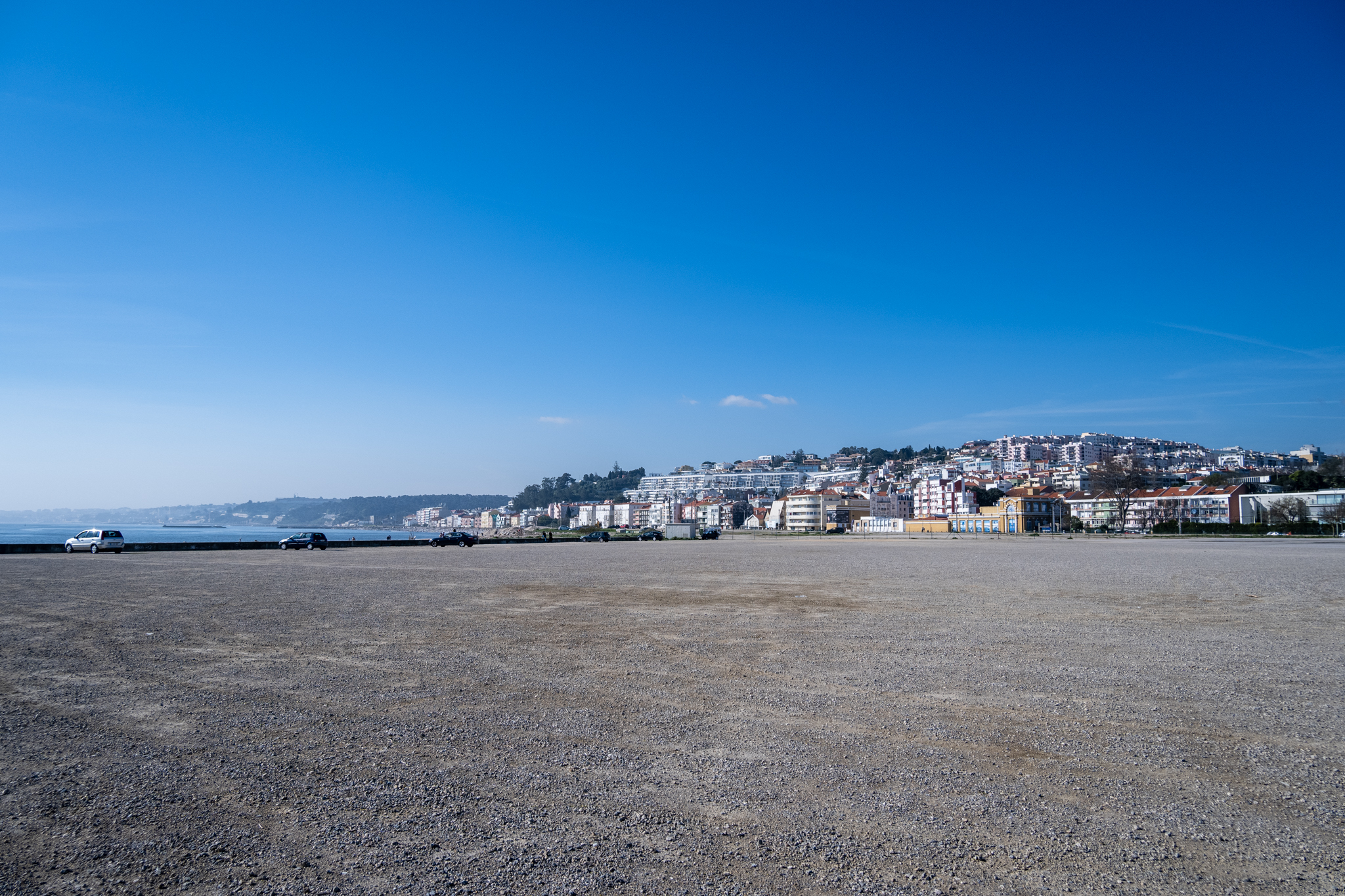
In the coastal area of Algés, the City Council led by Isaltino Morais wants to install a Urban ParkIt's also important to note the huge demand from the population for that area for sports and walks - and the fact that it's home to major events such as NOS Alive. "It's probably the biggest open-air sports hall, there are thousands of people every day"he commented. He wants to have a marina in Cruz Quebrada/Dafundo, allowing pleasure boats to have an anchorage point in the municipality, in order to boost commercial and tourist activity, and "eventually a marina here too"in Algés. "More than 40,000 yachts and pleasure boats pass this coast on their way to the Mediterranean and they don't stop here because they can't afford to. The marinas are far away. Everything is waiting for conditions to be created to welcome them here"If you look at Lisbon, there are several marinas along its coastline; Oeiras also has plans for a marina in Paço de Arcos.
Oeiras also wants upgrading Algés beachmaking it the first urban beach for those coming from Lisbon. "The water may not be suitable for bathing, but there's no stopping people from coming there. So we have to create the conditions"said Isaltino, noting that the beach can only be used for sunbathing or putting your feet in the water. Outside the Algés area, the municipality intends to complete the seafront promenade, linking the Algés section to the Cruz Quebrada-Caxias route and also resolving the discontinuity between Caxias and Paço de Arcos, where a marina is also planned.. And he intends to create, next to the São João da Barra Fort, the promised Fontainhas Park, a green area by the sea "for which the City Council already has a project ready". "These leisure areas won't just be for Oeiras or Lisbon. They're going to be for everyone in the Lisbon metropolitan area"said Isaltino. "We have to create conditions so that this bank of the Tagus is indeed an interesting, beautiful bank, capable of attracting people to enjoy it. The quality of life of those who live and work in the Lisbon metropolitan area depends a lot on what we do on this right bank of the Tagus River."
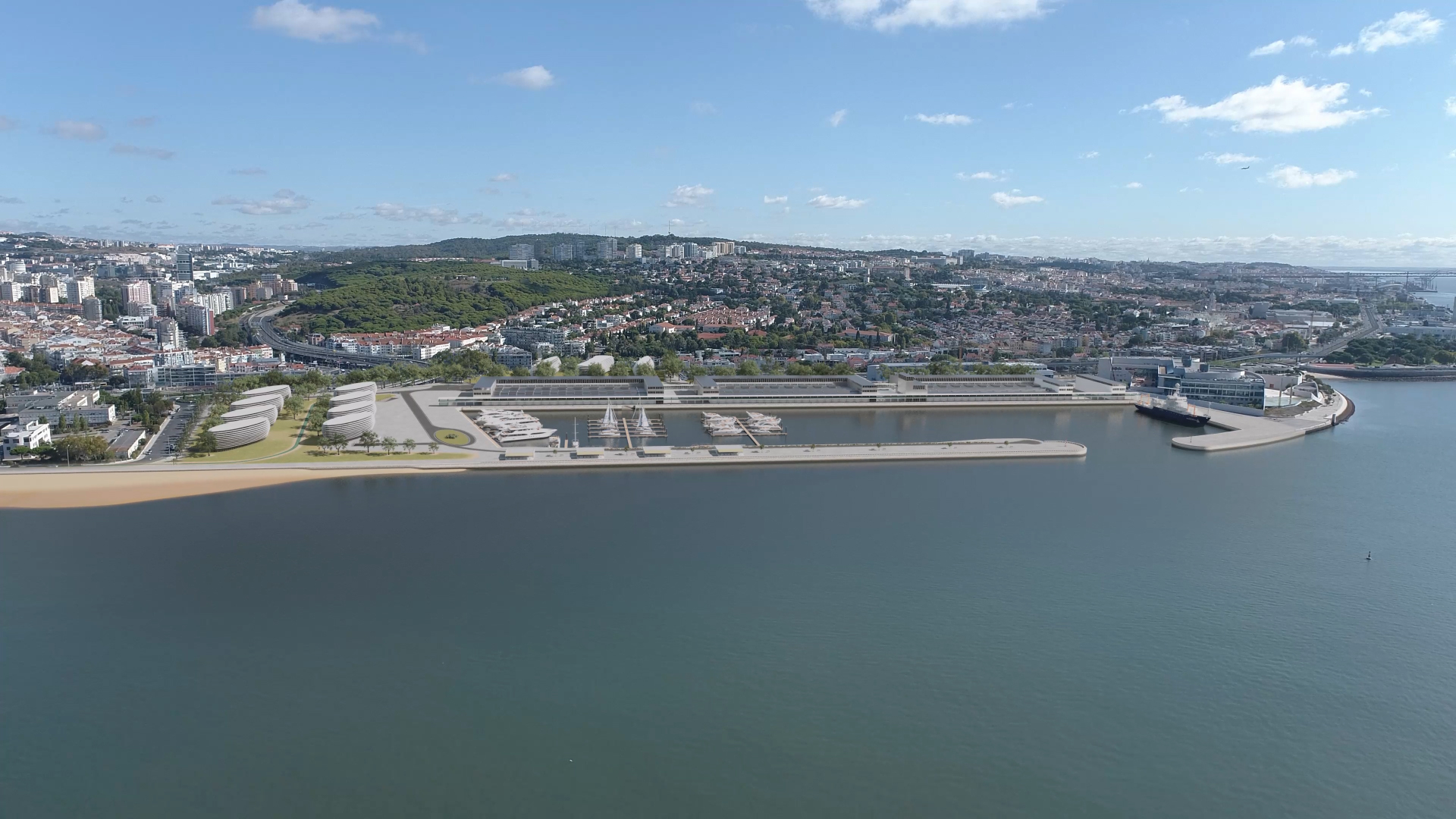
For his part, Carlos Correia, President of the Port of Lisbon Administration, highlighted the inter-municipal project of the Ocean CampusThe aim of the Ocean Campus is to integrate a cluster of companies and innovation linked to the sea into 64 hectares of Lisbon's west coast and the Algés/Cruz Quebrada seafront. The aim is for this Ocean Campus to be an engine for urban regeneration. On the Lisbon side, Carlos Moedas, the Mayor, is pushing ahead with the Blue Hub project at Doca de Pedrouços, right next to the Champalimaund Foundation. That will be the subject of another article.
Returning to the protocol signed between Oeiras City Council and the Port of Lisbon Administration: the document includes a third entity, Parques Tejo, the municipality's mobility company which, like its counterpart EMEL, has taken on a public space management dimension. "Parques Tejo executes the strategy that the municipal executive has for the territory"Rui Rei, Chairman of the company, explained at the ceremony. "We hope that by June/July, this whole front will have a different presentation and availability of infrastructures for residents, along with regulation of parking for all those who live and work here."
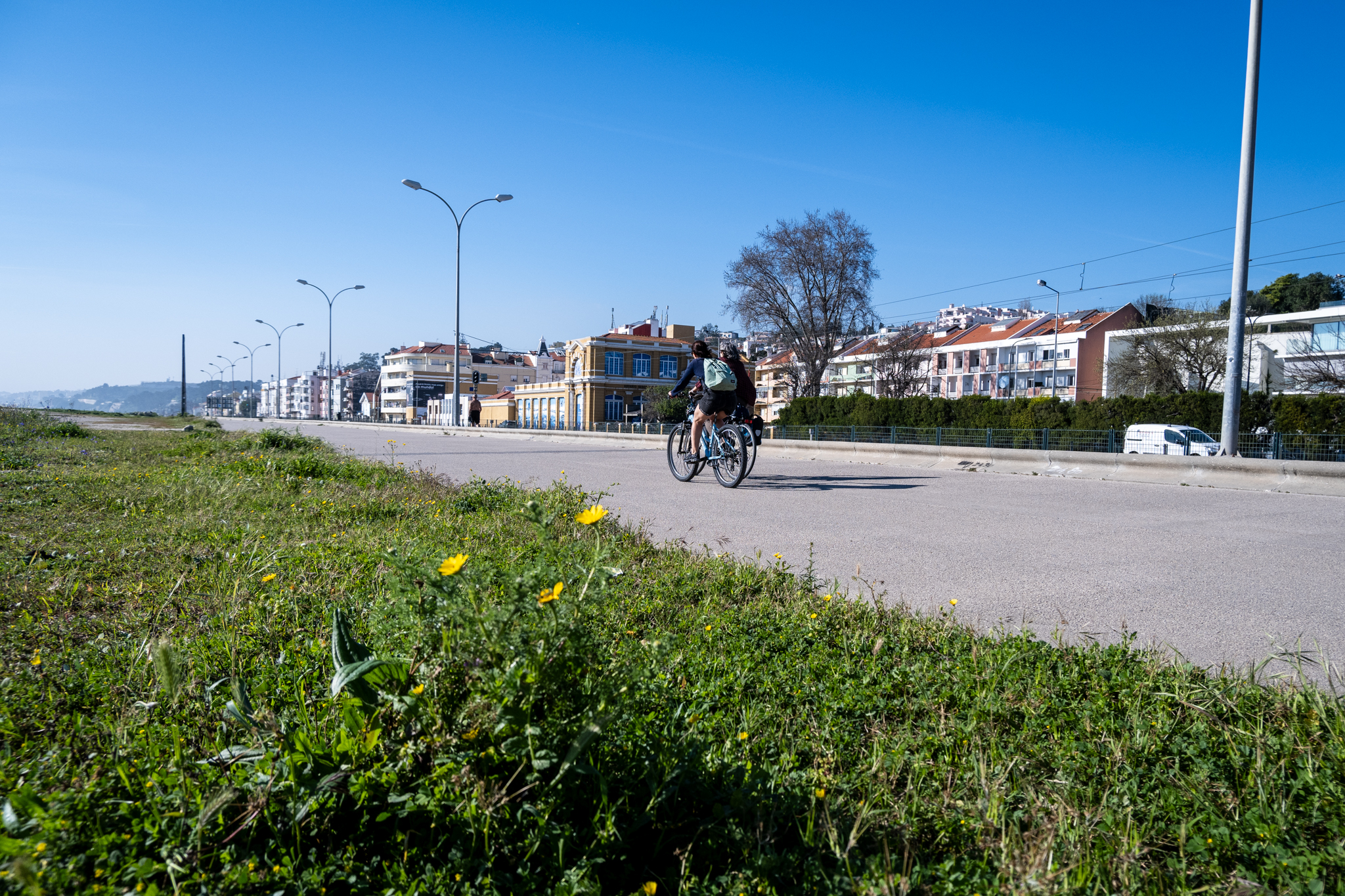
Solving the maritime cycle path and beyond
Parques Tejo's main role in this three-way relationship will be to reorganize parking and pricing in an area which, because it is coastal and is becoming more central in terms of commerce, services and employment, has been very popular and where regulation is needed. After the ceremony, Isaltino Morais explained to journalists that there is "great pressure" parking lot, not only because of the presence of the Champalimaund Foundation, "right next door"but also because of the bus station and the wide range of shops and restaurants in downtown Algés. "It's essential to expand the parking capacity on this side [of the train line, of course, linking individual and public transport well"he said. On the other hand, "more and more people are parking all day long, but parking should be rotated"so the increase in capacity will be "made above all by rationalizing this parking"said the mayor. "But the protocol isn't just about parking."
One of the central points, according to Isaltino, is the filling in of the coastal area between Cruz Quebrada and Algés to, in a way, extend the embankment that already exists where the NOS Alive festival is held every year. "At the moment, when there are high tides here in Cruz Quebrada, the railroad is already affected. With climate change and the occurrence of more extreme phenomena, we are not free from the possibility of more violent high tides, which could in some way cause the railway to collapse."said the Mayor of Oeiras.

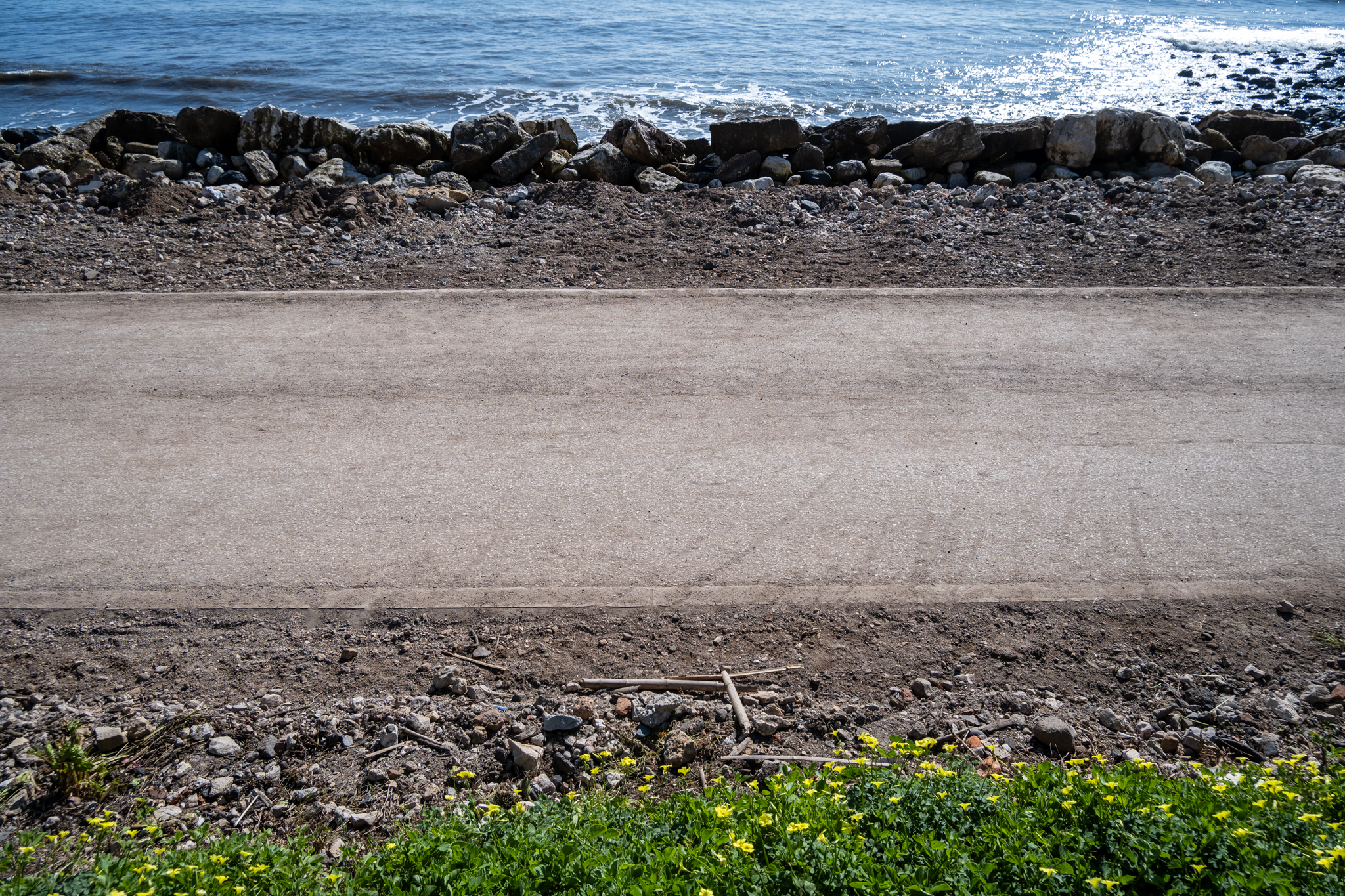
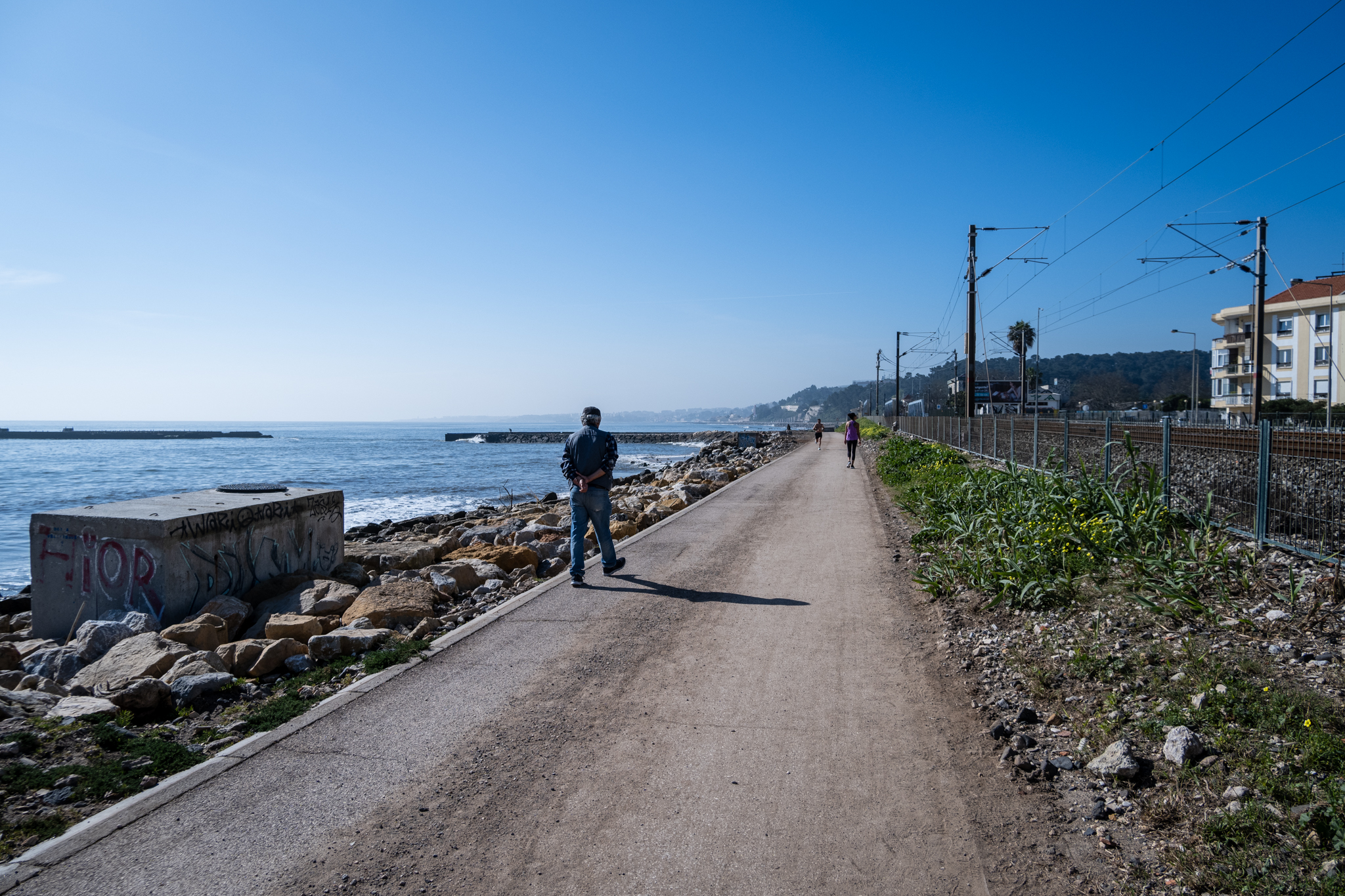

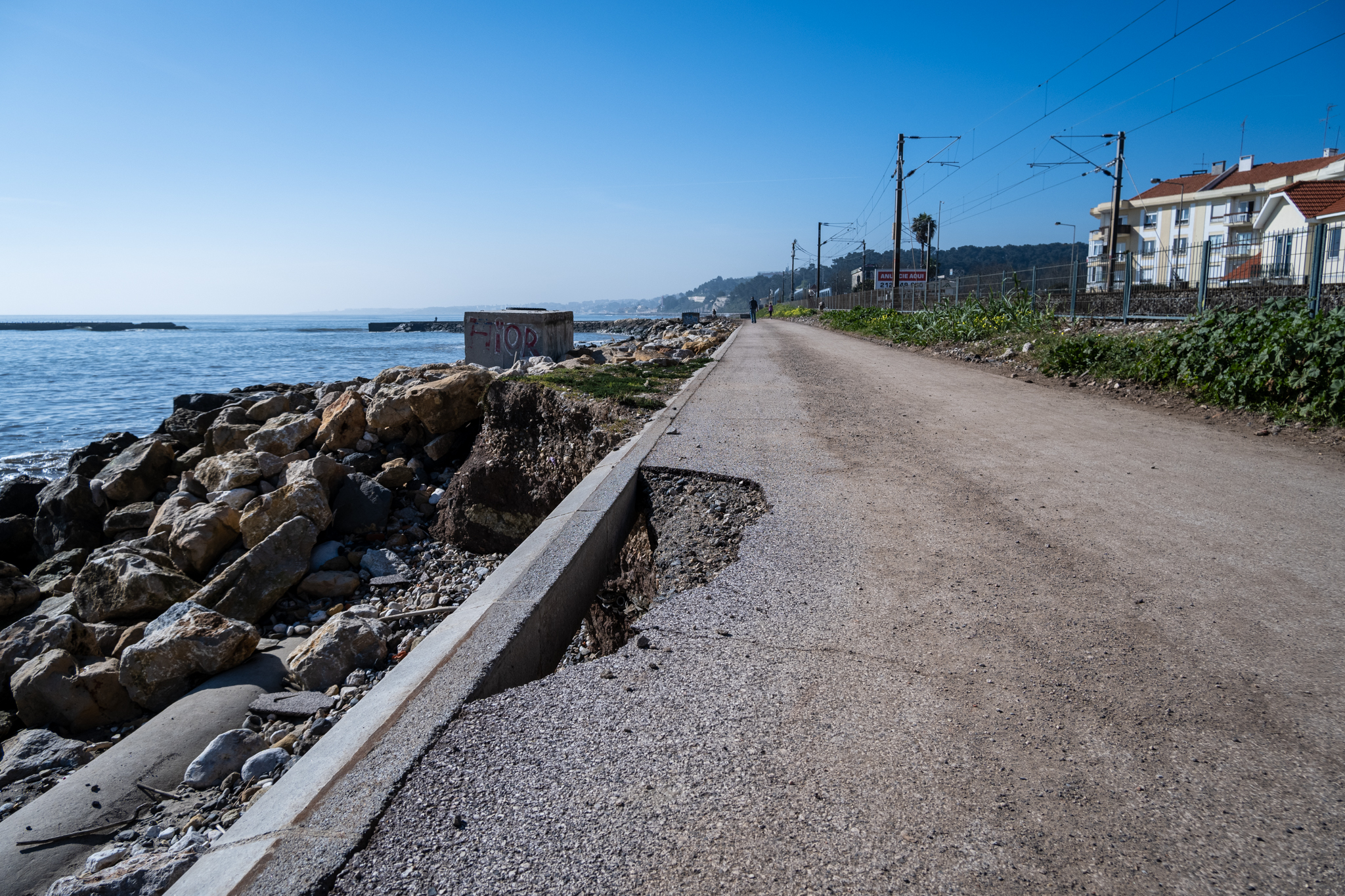
Filling in the embankment from Algés to Cruz Quebrada is planned as part of the Ocean Campus, and the municipality is already working on the first phase of this contract. "In a first phase, the idea is to fill more or less halfway up the spur and then, in a second phase, we're trying to articulate this with the Ocean Campus study"he explained. "The City Council, together with the Port of Lisbon, already has a favorable opinion from the APA [Portuguese Environment Agency] to do some backfilling and replace what has been removed over the decades"because, according to Isaltino, "since the floods of 1983 - I think around that time - it has never been repaired" the Cruz Quebrada spur (a structure whose function is to protect the coastline and counteract the retreat of the shoreline). "So this means that sand is coming out and this whole area has been left unprotected."
But while this repair is not carried out, nor the consequent filling in of the coastal zone, it is time to do something about it. "more immediate, palliative arrangements that provide circulation in the pedestrian space" of the Passeio Marítimo de Algés - which "will naturally be safeguarded by the Municipality of Oeiras, as it is every year"added the Councillor for Mobility and Municipal Works, Joana Baptista. As for the earthworks, "We are currently in the study phase, together with the Port of Lisbon Administration, not only in relation to the pedestrian channel, which the high tides have damaged, but also, and more importantly, in relation to a railway line that could be damaged, jeopardizing the safety of people and property if there are no containment works in this periphery between Cruz Quebrada/Dafundo and Algés"She explained that there are still no deadlines for these works to be carried out and underlined the difficulty in getting them done. "concretize" when different entities, such as APL, APA and the CCDR-LVT (Comissão de Coordenação e Desenvolvimento Regional de Lisboa e Vale do Tejo - Lisbon and Tagus Valley Regional Coordination and Development Commission) need to be involved in the dialog.
In the extension of the coastline between Algés and Cruz Quebrada, the Municipality of Oeiras "He doesn't want any construction. What we want is for the area from where Alive takes place to Cruz Quebrada to be used for leisure and sports facilities"such as volleyball courts or basketball hoops. The Ocean Campus constructions will take place between the Champalimaund Foundation in Lisbon and the Passeio Marítimo de Algés, where NOS Alive takes place.
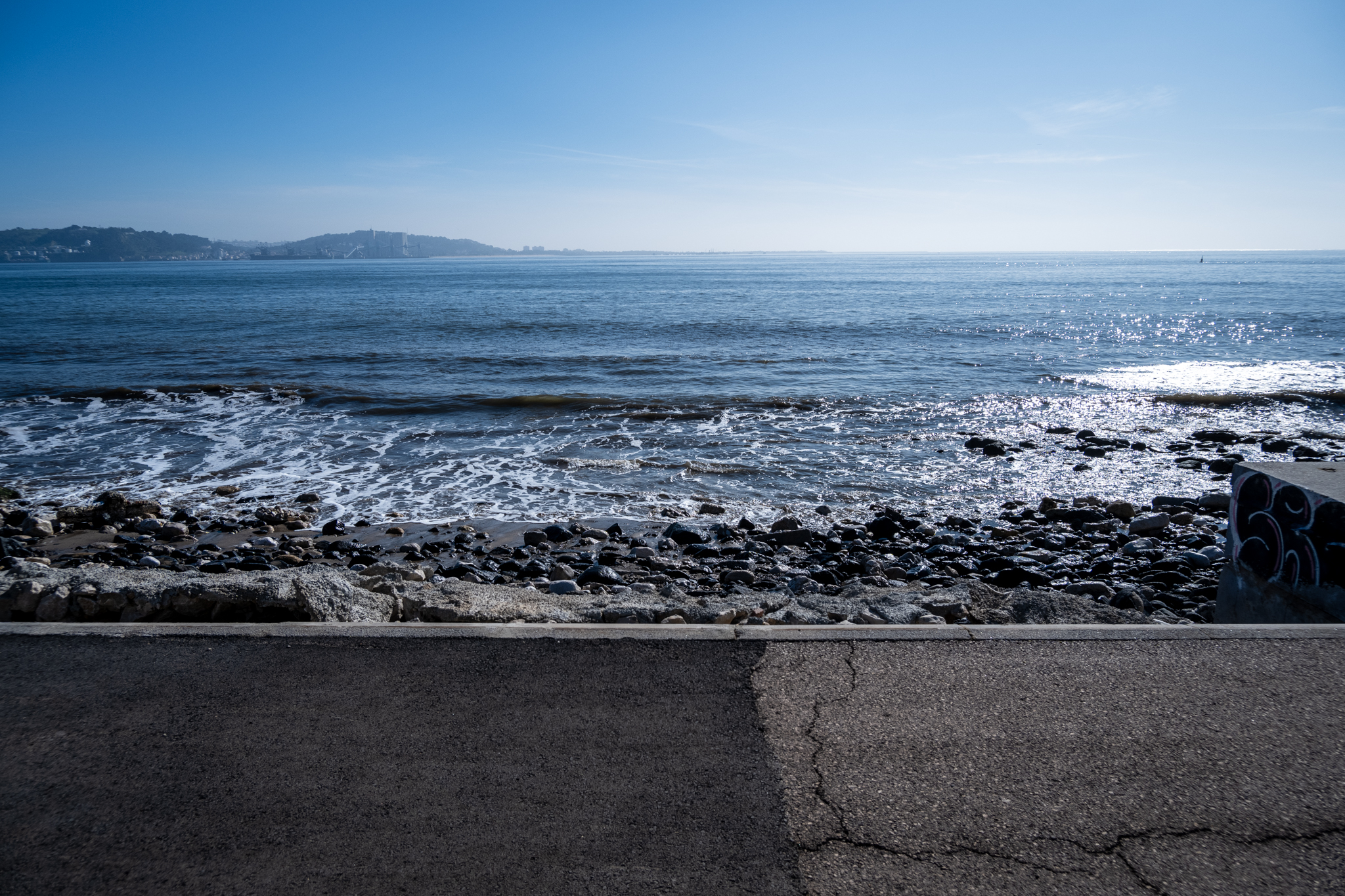
A Band-Aid
For Isaltino Morais, the he protocol now signed between the City Council and APL is a kind of Band-Aid, until the competencies of each party with regard to the coastal territory are clarified, "from here to Jamor". "The decentralization law came out, which defined that port management zones without port interest would be managed by municipalities"but the Ministry of Infrastructure "it took a long time to draw up the order creating the working group (it has finally been created) which, in turn, will define the conditions under which this transfer will take place here in Oeiras, as has already happened in Lisbon". "The beaches, for example, are already under municipal management. The bathing facilities have also been transferred. But as far as the management of the territory itself is concerned, it still needs to be defined"clarified the mayor.
"It's obvious that this transfer has to happen quickly, because in reality there are a number of works that are conditioning everything that might happen here. For example, the regularization of the Ribeira de Algés"which depends on three municipalities - Amadora, Oeiras and Lisbon; "the mouth of the river is already in Lisbon" - and also the government, through the APA. "The regularization of the Ribeira will be decisive, for example, for the installation of NOVA IMS," the statistics and data analysis faculty of the New University of Lisbon. "It's a very prestigious institution with three or four thousand students and it's going to move there. But in order to move there, the watercourse has to be regularized."
Isaltino says that it could even be the Oeiras council that does the necessary work at the mouth of the Algés stream, which is already in the neighboring municipality, "if perhaps the Lisbon and Oeiras councils and the APA come to an agreement and determine that the Oeiras council is responsible for the work, but that everyone pays". "The definition and regularization of that stream is decisive for everything that will happen downstream. Just like the filling in of the embankment down there. Without that, you can't do anything"he concluded, speaking to journalists.
